I want to follow up on my post about Google’s redesign from a couple weeks ago, as this redesign has, unsurprisingly, continued to evolve (or at least, reveal itself through ongoing usage).
It’s clear that Google is phasing in a massive overhaul, not just of how their products look, but how they work, and more specifically how they work together. This is a full-scale rethinking of the Google brand, and I’m not sure I like it.
The natural inclination for most users when something is unexpectedly changed is initially resistance. (Just look at how TechCrunch announced their redesign yesterday. They knew what the reaction would be.) And I frequently fall into that too, only to finally come around after a while when I finally “get it” or just get used to it.
But there are unprecedented challenges for Google with this redesign, owing mainly to two things: 1) users’ absolute dependence on Google tools for certain online tasks (search and mail being the most obvious) and 2) the vast scope of products and services Google is attempting to graft together.
The first is hard to avoid: the more users depend on something, the more upset they’ll be when you change it. (Like this.) The second is not. The second is neither necessary nor obvious. It didn’t have to happen at all, and it doesn’t have to happen the way it is. And as time goes on, I realize that’s what I dislike most about both the initial shoddy execution and the plan and goals underlying it.
As I consider it more, I realize that my disappointment and frustration stem from the fact that this massive integration effort affects my dependence on Google products in a way more profound than I would have expected. I have a Google Apps account for my room34.com domain, and in the conversion Google has forced upon that domain, I am running into numerous issues as I’ve had to merge my personal Google account with my domain account (which I didn’t even realize were separate, since they both use the same email address). Certain data didn’t survive the transition (like my Reader subscriptions); third-party applications that tie into these services are no longer working because of the “2-step verification process” which itself isn’t working, for reasons unknown; certain tools are unavailable to my domain, without explanation (I can’t create a Google Profile, which also means I can’t use Google+); and worst of all, whenever I run up against one of these issues, all Google can do is direct me to outdated and irrelevant documentation. No answers, only more questions.
 I’m left with the impression that all of this was not fully thought through. But then again, I don’t think all of it could be thought through. I think it’s damn near impossible to integrate all of these disparate products and services into a cohesive whole, when most have been developed by relatively autonomous internal teams or acquired from outside, and were never designed nor envisioned as one day becoming integrated. And while I applaud Google for its (apparently sudden) focus on this grand new vision for its products, I’m not sure it’s something I really want anyway. Google is already a bit frightening and monolithic, with its vast stores of personal data collected about each of its millions of users. Despite its “Don’t be evil” motto, (former) CEO Eric Schmidt has said things like this (as quoted on Daring Fireball):
I’m left with the impression that all of this was not fully thought through. But then again, I don’t think all of it could be thought through. I think it’s damn near impossible to integrate all of these disparate products and services into a cohesive whole, when most have been developed by relatively autonomous internal teams or acquired from outside, and were never designed nor envisioned as one day becoming integrated. And while I applaud Google for its (apparently sudden) focus on this grand new vision for its products, I’m not sure it’s something I really want anyway. Google is already a bit frightening and monolithic, with its vast stores of personal data collected about each of its millions of users. Despite its “Don’t be evil” motto, (former) CEO Eric Schmidt has said things like this (as quoted on Daring Fireball):
“We don’t need you to type at all. We know where you are. We know where you’ve been. We can more or less know what you’re thinking about.”
That quote is taken out of context, but the context doesn’t really help it much. With thinking like that trickling down from the top, do you really want Google to seamlessly integrate all of its products? Their disarray was the only thing providing a modicum of security-through-obscurity for Google’s users. Google may just be collecting all of this personal data to help it more effectively deliver ads to your eyeballs, which is how they make their money, and is bad enough. But that data is there. Who knows how it will be used by Google or whoever else might get their hands on it in the future?
Then again, maybe I shouldn’t be too paranoid. Google’s incomplete efforts at integration are probably a good thing after all.







 This morning, as I do on most mornings, I eased the transition between my peaceful slumber and the mayhem of conscious life by lying in bed, catching up on the goings-on of humanity on planet Earth with the help of my iPhone and the Internet.
This morning, as I do on most mornings, I eased the transition between my peaceful slumber and the mayhem of conscious life by lying in bed, catching up on the goings-on of humanity on planet Earth with the help of my iPhone and the Internet.